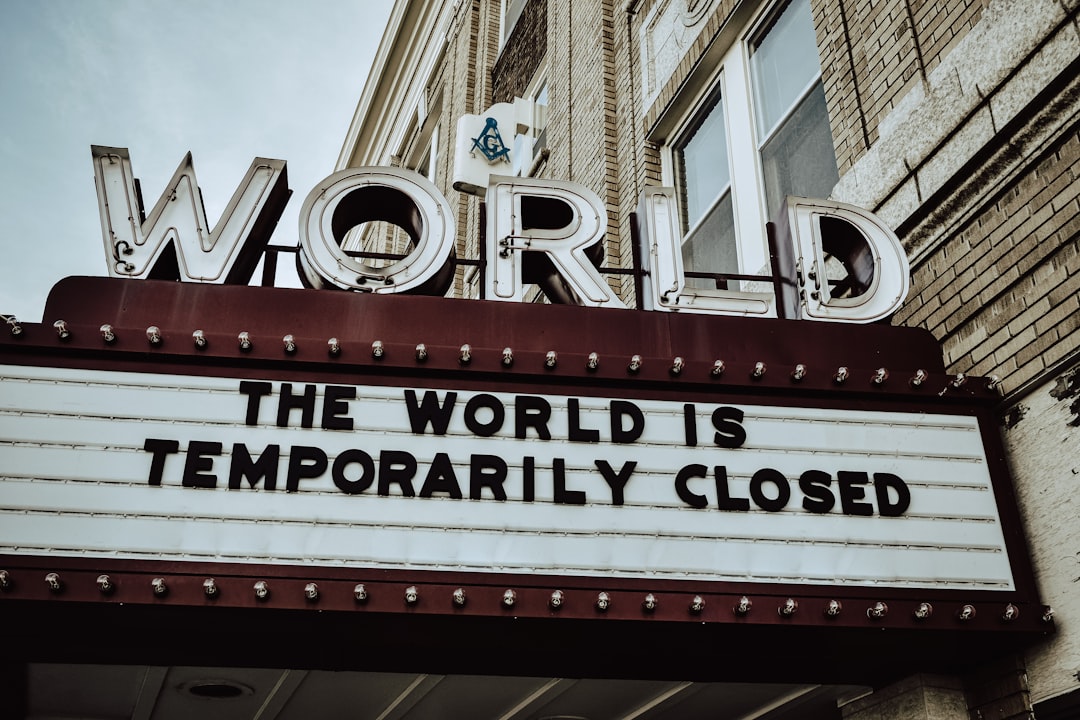What is it about?
During the late 1960s period, main Japanese cities expanded and attracted people from rural areas and towns. This article analyses some propositions that Japanese planners, architects and politicians, among others, proposed to solve the problems related to that type of concentrated urban expansion. Several propositions defended the need of improving infrastructure outside main cities, and urged for a rethinking of the role of towns and rural areas as reservoirs of natural landscapes and local culture.
Featured Image
Why is it important?
On one hand a generally spread idea that the Japanese urban expansion of the 1960s period tended to advance short in criticism is challenged here. Moreover, this Japanese earlier debate is valid as a reference for nowadays fast urban expansion advancing over rich natural environments and local cultures in several Asiatic countries .
Perspectives
While engaging in the research for this article I was excited in looking at the several divergent ideas about the urban expansion of the period. It was clear that the problems of urban expansion then were unprecedented, and that both specialists and non-specialist tried to balance their common sense, their specialized knowledge and a lot of imagination in the search for solutions.
Dr Andrea Flores Urushima
Kyoto University
Read the Original
This page is a summary of: Territorial Prospective Visions for Japan's High Growth: The Role of Local Urban Development, Nature and Culture, January 2015, Berghahn Journals,
DOI: 10.3167/nc.2015.100102.
You can read the full text:
Contributors
The following have contributed to this page










